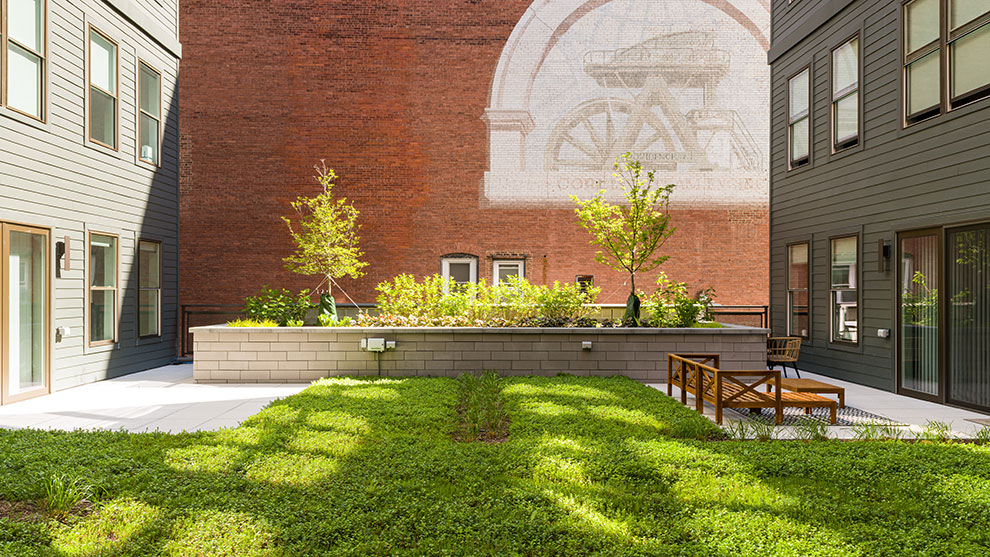Brownfields Redevelopment and Revitalization


If a tooth has been neglected or a piece of fruit has overstayed its welcome, they may turn brown and cast a pall over something that was once useful and revered. In the world of urban development, the color brown, or, more specifically, “brownfields”, generally refers to a piece of land formerly used/developed that is no longer in use based on a number of factors, usually thanks to the presence of hazardous materials within the soils, groundwater, or soil vapor. These sites were once homes to manufacturing plants, industrial facilities, or other developments where pollution left them in a state where they are either not viable places for redevelopment or present difficult technical or monetary challenges. So how can a blighted area with contamination be turned into a property that can once again become a viable community asset?

Here are some of the steps that we take when working with developers and municipal clients to help transform brownfields sites into renewed useful community landmarks:

Successful brownfield projects require cohesion of multiple engineering disciplines to deliver a redevelopment project that successfully meets the environmental and overall project objectives. The use of sustainable environmental and construction practices adds significant project value and creates sustainable solutions that limit landfilling of materials, stormwater runoff, and the project’s overall carbon footprint. Some examples of sustainable practices include soil and building material reclamation and recycling (such as brick and concrete), tree filter stormwater systems, and green landscaped spaces.

The completed 78 Fountain Street project in Providence, RI is a perfect example of a brownfield project that required a multidisciplinary team, innovative green/sustainable practices, and funding acquisition. This urban brownfield and parking lot in downtown Providence has been transformed into a new mixed-use development. The majority of stormwater at the site is managed through an innovative green roof design and the use of street tree filters that significantly reduce the amount of stormwater runoff from the site. Buried building materials (including brick, concrete masonry units, steel, and more) from the former building structure were excavated, screened, segregated, and recycled to limit landfilling.

The design of the outdoor space, part of our landscape architecture services, provides an outdoor amenity space for building tenants. As part of the green roof design, our landscape architects developed a planting plan, selected site materials (pavers, lighting, decking, countertops, fire pit, and fencing), and collaborated with our internal MEP (mechanical, electrical, and plumbing) group to properly configure the optimal layout of lights and hoses.
Funding was secured from the Rhode Island Brownfields Remediation and Economic Development Fund for a $250,000 grant to assist with remediation. The grant was utilized for contaminated soil disposal and installation of the vapor barrier on the building foundation to eliminate vapor intrusion risk.
Repurposing and redeveloping abandoned or compromised sites like these gives me great pride in my work, as I am contributing to a project that once again can provide value to a community. The use of sustainable practices to repurpose a brownfield property is both rewarding and a necessary step to provide environmentally responsible, long-term solutions.
We keep up-to-date on developing technologies, emerging concerns, climate projections, and new regulations. Subscribe to be the first to know how these ever-changing industry topics impact you and how we’re responding.
"*" indicates required fields